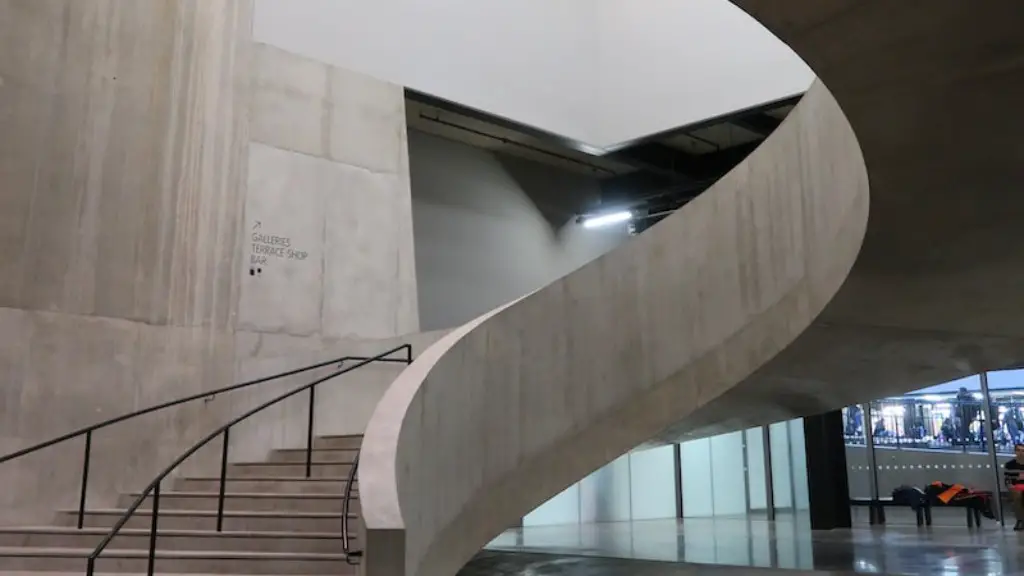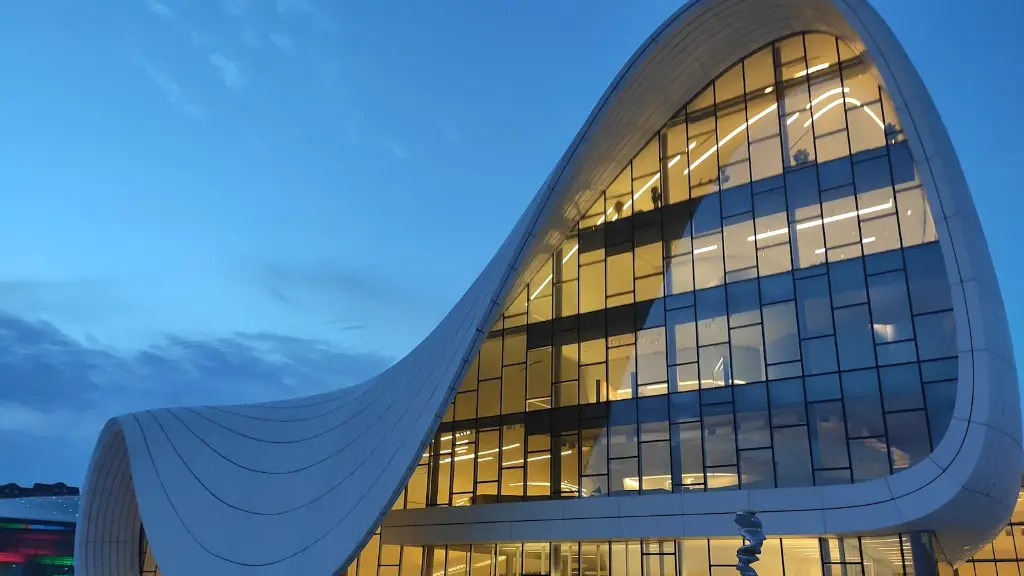Architecture is one of the most beautiful and fruitful careers. As an architect, you get to design, create and realise transformative projects that change people’s lives and make an impact on society. For those looking to study an architecture course in the UK, there are many benefits that come with such an education.
The UK is renowned for its centuries of architectural achievements, ranging from the iconic castles and cathedrals of the Middle Ages to its neoclassical, baroque and rococo-styled grand homes of the Regency period. This richly woven history offers an abundance of learning opportunities for local and international students.
The UK’s prestigious universities are particularly known for their architecture departments, with many offering a range of courses, from the foundation and undergraduate degrees to Doctor of Philosophy (PhD) and Master in Architecture (MArch) qualifications. Universities in the UK also have access to rich resources and vibrant cultural and industry communities. Therefore, there are many opportunities for aspiring architects to learn, develop and hone their skills under the guidance of leading experts.
In addition to the academic benefits, studying architecture in the UK also provides students with industry-relevant experience. UK universities offer a vast range of campaigns and competitions, giving students the opportunity to collaborate with industry partners and receive feedback from leading names and professionals. This is especially valuable to students who wish to establish a network in the architecture world and be exposed to different styles and approaches.
The UK’s culture and history are a huge selling point for international students. There is a broad range of monuments and historical sites that bring to life a deep connection between the people, places and structures that have moulded the past. Through various initiatives, UK universities provide students with an unparalleled understanding of the existing landscape and how to build an architecture that shapes and connects with its surroundings.
The UK boasts a vibrant urban life with a diverse selection of art galleries, theatres, public parks and outdoor spaces, and places like London are renowned as world-leaders in architecture, often providing the perfect place to explore and be inspired by the art and culture of other countries.
Finally, the UK is renowned for its wild and beautiful natural landscapes, a habitat for wildlife, and a place where one can gain an appreciation of the environment, learn about sustainable practices and develop an enhanced understanding of the natural world.
Interior Architecture
The UK offers a range of innovative interior design programmes at both the undergraduate and postgraduate levels, designed to prepare students for the ever-changing, complex challenges faced in the interior architecture industry. UK universities have robust departments with experts in all related fields, from design theory and history to sustainable materials and energy systems.
Students are given the unique opportunity to work in cutting-edge laboratories and developing new methods to conceive, design, build and develop interiors, contributing to a healthier home environment and public spaces that serve their local communities.
In addition, the UK offers courses that focus on Interior Design and Decoration, giving students the ability to think creatively, adapt to industry trends and create stunning designs to make an impact in the interior sphere.
UK students also gain an in-depth knowledge of Human-Computer Interaction (HCI), a field that explores the relationships between humans, technologies, and the environment. Coupled with critical and creative skills in graphic design and multimedia, students become proficient in creating interactive and interactive-physical spaces.
Sustainable Architecture
In the face of global climate change, UK universities are at the forefront of sustainable architecture. From the small-scale residential projects to large scale urban developments, UK universities provide advanced courses that focus on the effective realisation and maintenance of energy-efficient and net-zero carbon buildings.
The courses teach students the importance of integrating sustainable technology such as advanced insulation systems and renewable energy sources into the built environment. Moreover, students learn the principles of Passive Building Design, Bioclimatic Design and Sustainable Site Analysis, enabling them to practice this invaluable knowledge in their designs and constructions.
UK universities also offer the unique opportunity to engage with organisations that are actively developing sustainable urban environments. This includes working with eco-conscious builders and manufacturers, getting hands-on experience with the latest green materials and being part of the public discussion on sustainability.
Preservation of Historic Structures
The preservation of historic structures is one of the UK’s architectural specialities and carries a certain appeal to international students. UK universities have departments that specialise in conservation of cultural heritage, aiming to preserve and protect centuries-old buildings and landmarks.
The courses include a focus on mural painting and decorative plasterwork, restoration techniques and analysis of historic building fabric and techniques. This provides students with a comprehensive understanding of historic conservation and ways to interpret the past through architectural drawings, photographs and digital tools.
Students are also given the chance to explore the social and economic impact of historic buildings and the role they play in their local community. This includes working with local historians and restorers, as well as gain experience in public speaking and developing proposals to promote their preservation and adapt them to contemporary needs.
Community and Regional Architecture
UK universities offer a range of courses in community and regional architecture, aimed to produce socially-inclined urban planners, architects and developers. These courses are especially important as it teaches students to think outside the box and create unique and inspiring designs that serve the needs of wider society.
The programmes focus on advanced techniques to create sustainable, vibrant and liveable communities, techniques such as green infrastructure, landscape design and social justice. Students are encouraged to consider all aspects that define community life, from their local economy and politics to their transportation links and housing.
Moreover, students take part in exciting projects designed to build communities from the ground up, working with local businesses, councillors and residents, gaining invaluable learning experience in the process.
Adaptive Reuse and Spatial Transformation
With its multicultural and vibrant urban landscapes, the UK offers invaluable experience for the adaptive reuse and spatial transformation of the built environment. UK universities teach the process of drawing on existing buildings, materials and situations to create something new, be it an office block or a tourist attraction.
Courses focus on the development of conceptual and practical skills, exploring how to transform the energy, form and flow of a space, as well as how to reuse elements in creative, socially conscious ways. Students gain introductory training in visualisation and data analysis, learning to identify and analyse opportunities for building intervention and new uses for a space.
UK universities also offer the chance to learn about the history of adaptive reuse and its importance in creating liveable cities, giving students a deeper understanding of how buildings, cities and societies interact, influenced by ideology, money and politics.





